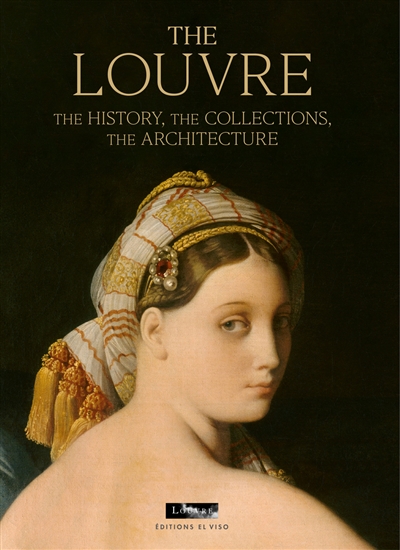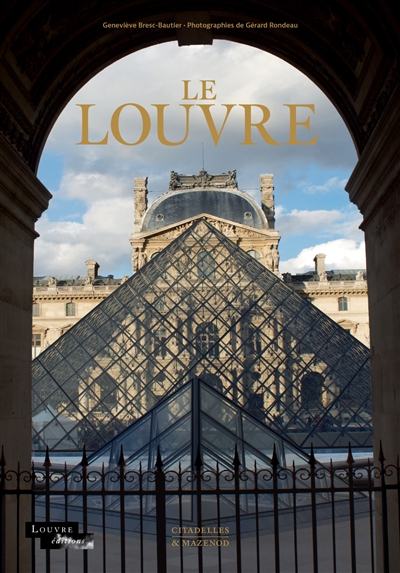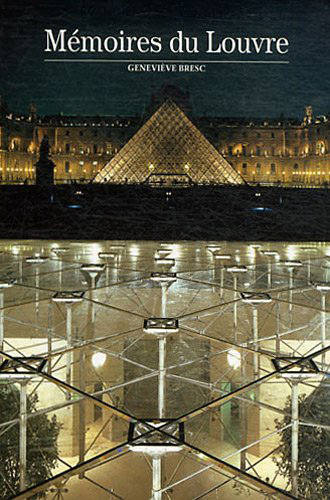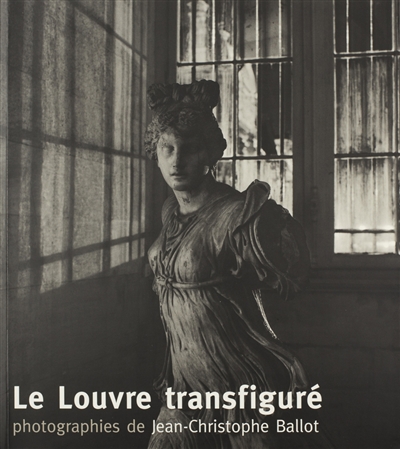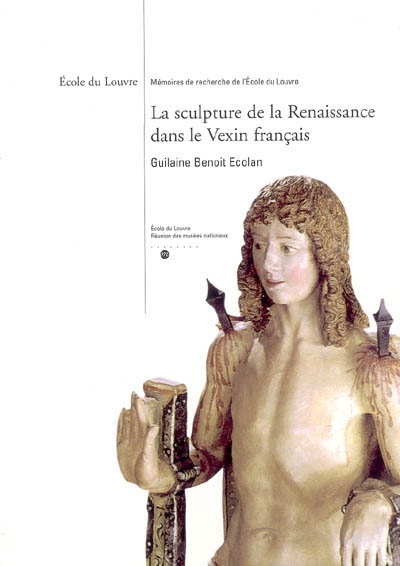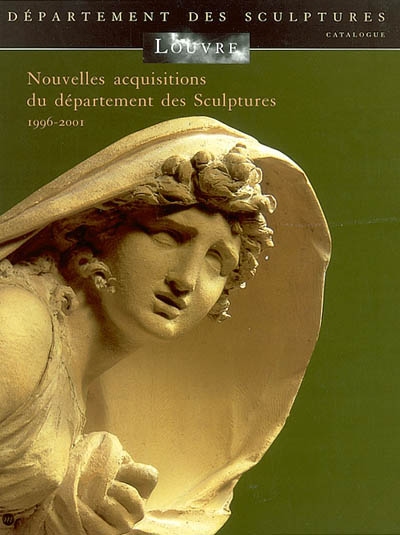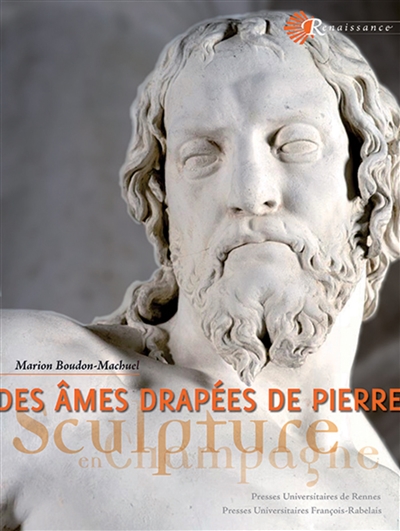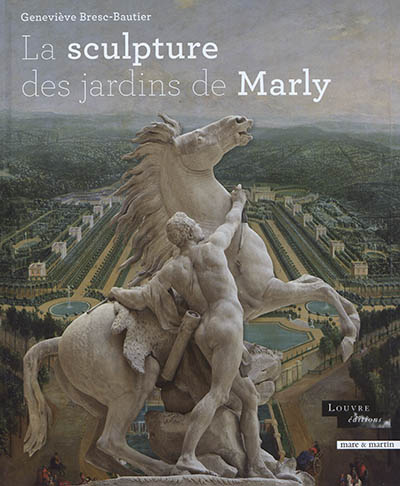Résumé
Every year, millions of visitors from around the world walk the Louvre Museum's 68,000 square meters (731,945 sq ft.) of galleries that offer more than 35,000 works of art to the public. With the addition of the Department of Islamic Arts and the creation of the Louvre-Lens (2012), followed by the opening of the Louvre Abu Dhabi (2017), the Louvre has established its place as the world's leading museum. This fascinating volume retraces the history of this important heritage site and the evolution of how its prestigious collections developed, through a rich iconography.A fortress in the Middle Ages, then home to the kings of France, the Louvre is the setting for eight centuries of history. Its origins date back to the twelfth century, when King Philippe Auguste decided to protect Paris, his new capital, by providing it with a fortress on the right banks of the Seine. With Charles V, the Louvre became a royal residence, which the Valois and Bourbon rulers continued to expand, develop, and embellish, as did Napoleon. I, Napoleon III, and the Republic. The most brilliant architects, sculptors, and painters were called to work there - illustrious names such as Jean Goujon, Claude Perrault, Louis Le Vau, Nicolas Poussin, Charles Le Brun, Eugène Delacroix, and Jean-Baptiste Carpeaux. Home to the Academies of Painting and Sculpture and the residence of many artists in the eighteenth century, the Louvre confirmed its vocation as a temple of arts with the opening in 1793 of the Museum of Arts, the first national museum open to the public. From then on, its collections, which originated from the royal collections, would continually be enriched as acquisitions, archaeological discoveries, donations or bequests were made. In the 1980s, the « Grand Louvre » project, symbolized by the famous pyramid by I.M. Pei, is a culmination of these centuries of transformation. This fascinating story is told through the vivid text of Geneviève Bresc-Bautier, accompanied by the remarkable photographs of Gérard Rondeau.

Mon compte
Mes favoris
Nos délégués
Suivi commande
Besoin d'aide?
Contactez-nous












